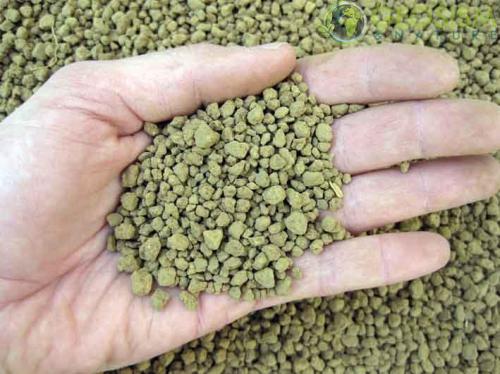Akadama hard quality 2/5 mm (1 kg - approx. 1.5 lt), for bonsai
AKADAMA HARD QUALITY 2/5 mm (1 Kg - about 1,5 lt) , FOR BONSAI.
Akadama is the fundamental component to create the right substrate for any type of bonsai.
Akadama literally means "Red Ball Soil" and is a clay of volcanic origin collected at a depth of 3 meters from the subsoil of Cryptomerie forests in Japan. The Akadama is collected and dried, heated to remove organisms and parasites and pulverized in different sizes.
Akadama could be used alone for each species, but I think it is reasonable for the first repotting to still use a mixture with the original soil of the plant.
Akadama can be mixed with pumice, volcanic lapillus, zeolite and perlite to make the substrate richer in nutrients and more similar to the natural characteristics in which plants live or it can be used pure as the only component of the soil.
FOLLOWING THE EVENT IN FUKUSHIMA, GEOSISM & NATURE SAS HAS DECIDED TO CHECK EVERY JAPANESE IMPORT PRODUCT RADIOMETRICALLY AND IN PARTICULAR THE SUBSTRATES AND FERTILIZERS. THEREFORE WE HAVE RADIOMETRIC CERTIFICATES THAT DOCUMENT THE NON-DANGEROUSNESS OF OUR PRODUCTS.
MEDIUM CHEMICAL ANALYSIS (Performed by Geosism & Nature sas using EDX Spectroscopy)
Oxygen (O): 54.34%;
Silicon (Si): 15.99%;
Aluminum (Al): 13.91%;
Phosphorus (P): 0.10%;
Potassium (K): 0.63%;
Magnesium (Mg): 0.54%;
Iron (Fe): 7.68%;
Calcium (Ca): 0.11%;
Manganese (Mn): 0.30%;
Titanium (Ti): 0.62%;
Sulfur (S): 0.23%;
Sodium (Na): 0.34%;
Carbon (C): 5.80%.
TECHNICAL FEATURES
pH : 6.5 - 6.9.
FUNCTIONAL CHARACTERISTICS AND FIELDS OF USE
Lightweight natural inert, ideal for:
? provides the right balance of water, air and nutrients;
? holds water for a long time without soaking the roots. When the color returns to yellowish-reddish it is time to water again;
? contains enormous quantities of minerals due to its volcanic origin.
? holds water for a long time without soaking the roots. When the color returns to yellowish-reddish it is time to water again;
? provides the right balance of water, air and nutrients;
Further tips for the right soil formula:
? drainage must vary from species to species; it is therefore important to also take into account the environmental situation in which our bonsai lives;
? the ideal soil should be aerated in the right way, so as to circulate oxygen and retain enough water to satisfy the plant's water needs between one watering and the next;
? the plants live in symbiosis with mycorrhizae. It is therefore useful to spread, in direct contact with the lower part of the roots, u








